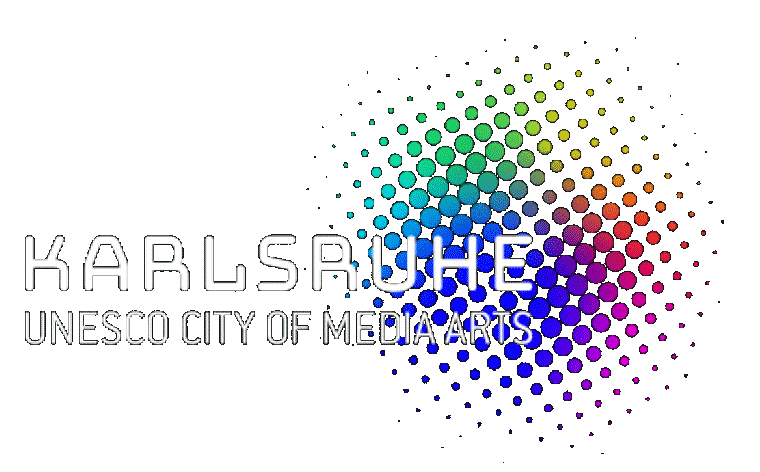With the exhibition The Story That Never Ends. The ZKM Collection, the ZKM | Karlsruhe provides a new insight into its own collection, which, with around 12,000 works, is one of the largest and most important media art collections in the world. Based on the presentation of iconic works and archive material from the ZKM’s holdings, the exhibition not only tells of the interwoven stories of art and technology, but also of the challenges that ephemeral technological media pose for museums around the world.
The History of Media Art from the 1950s to the Present Day
Electrification and digitalization have changed the world. This change not only affects our everyday lives, but also has an impact on artistic creation. Artists have been using these rapidly developing technologies since the beginning of the twentieth century, continuously expanding the expressive possibilities of art: The spectrum ranges from video, light and sound artworks to motor-driven kinetic objects, computer-based interactive installations and works created with the help of artificial intelligence.
With a selection of around 100 works, The Story That Never Ends traces these lines of development of the apparatus-based arts and their opening up to the categories of space, time and movement as well as interaction and participation from the 1950s to the present day. A selection of important key works, representing important moments and milestones in media art, illustrate the diversity and influence of these technological developments.
At the same time, the exhibition also makes the social and socio-political context in which the works were created comprehensible in order to enable conclusions and references to the pressing issues of our time: Feminist works by early (media art) pioneers, such as pezoldo (aka Friederike Pezold), Lynn Hershman Leeson, Kirsten Geisler or Rebecca Horn, are just as worthy of mention here as works that examine the effects of mass media such as television (Nam June Paik, Wolf Vostell), the connection between technology and the military, borders and surveillance or violence in digital spaces (Paul Garrin, Hanna Haaslahti, David Rokeby) or natural ecosystems (Justine Emard, Claudia González Godoy). Over and over again, artists are questioning the possibilities and effects of new media, rethinking and reshaping them, and thus creating new social and cultural narratives that shape the discourse on our relationship to technology.
Media Art Restoration
„The story that never ends“ alludes not only to artistic development, but also to the challenges faced by museums that collect media artworks: Technical devices are not made to last forever, data carriers deteriorate, software standards are quickly outdated, and media formats are no longer readable after a few years. This means that works must be continuously monitored and technically updated by conservators. What impact does this have on art and our cultural memory? What skills do we need to develop in order to have not only a future, but also a past?
The ZKM has internationally recognized expertise in the conservation and restoration of media art. However, as this work is mainly done out of sight, »The Story That Never Ends« takes a radical step: The decision as to which key works will be shown was entrusted to the ZKM conservation and technical teams. They thus bring hidden treasures to light, some of which have not been visible to the public for decades due to elaborate conservation measures. As the works themselves do not necessarily reveal the complexity of their technology and the challenges of their conservation, the exhibition also offers an introduction to the history of technology and conservation strategies for these types of works.
Looking from the Past into the Future
The Story That Never Ends uses the ZKM’s unique collection to tell more than just the fascinating history of media art. It also highlights the fragility of our electrified and digitalized civilization. The exhibition provides an in-depth insight into the history of art and technology in the twentieth and twenty-first centuries and shows how history sharpens our view of the present and encourages us to imagine possible futures.
Further information here.







